Beginning in 2026, the SECURE 2.0 contains a provision that catch-up contributions by highly compensated employees must be Roth contributions, if the applicable employer plan allows for catch-up contributions. This requirement does not apply to a Savings Incentive Match Plan for Employees Individual Retirement Account (SIMPLE IRA) or a Simplified Employee Pension (SEP). However, it will apply to 401(k) plans, 403(b) plans and governmental 457(b) plans.
Catch-up contributions made by participants whose Federal Insurance Contributions Act (FICA) wages from the employer sponsoring the plan exceed $145,000 (adjusted for inflation) for the preceding calendar year must be made to a designated Roth account.
This means that the designated Roth contributions will not be excluded from income (i.e. they will be made on an after-tax basis). Although the immediate tax benefit of deferring income is lost, the tradeoff is that the distributions from the Roth account (including investment earnings) are tax-free in retirement if certain conditions are met. Participants whose prior year FICA wages do not exceed the dollar limit will still be eligible to make excludable catch-up contributions or be permitted to make designated Roth contributions.
Example
In 2025, Mike, who is 53 years old, has FICA wages of $160,000. If he makes any catch-up contributions to his employer sponsored 401(k) plan in 2026, under the new rules, they must be made to a designated Roth account because his income exceeded the $145,000 threshold in 2025.
Mike’s co-worker Beth, who is also 53, has FICA wages of $90,000 in 2025. In 2026, she can continue to make her catch-up contribution on a pre-tax basis, or she could choose to make her catch-up contribution as a Roth contribution, even though she is not subject to the mandatory treatment.
To help Mike prepare for the change, a few strategies he could employ in 2025 include:
Maximize his 2025 pre-tax 401(k) contributions.
For 2025, the annual contribution limit for employees who participate in a 401(k) plan increased to $23,500. The catch-up contribution limit that generally applies for employees aged 50 and over who participate in most 401(k) plans is $7,500. Therefore, Mike could contribution up to $31,000 to his 401(k) plan. Unless his income changes, 2025 is the last year he will be able to make pretax catch-up contributions.Evaluate the benefits of Roth contributions.
Although Mike isn’t required to make Roth catch-up contributions until 2026, he should evaluate whether Roth contributions might benefit him in 2025. If he anticipates being in a higher tax bracket when he retires, making Roth contributions now, either as a designated Roth 401(k) or the catch-up provision, could be considered. Also starting in 2024, required minimum distributions (RMDs) are no longer required from designated Roth accounts, so that is something to consider if Mike is concerned with RMDs in retirement.Look for tax deferral opportunities elsewhere.
If Mike enrolled in a high-deductible health plan (HDHP), and has a Health Savings Account (HSA), he should contribute the maximum amount to his HSA in 2025. HSAs have a triple tax benefit: contributions are tax-deductible, grow tax-free and withdrawals are tax-free for qualified medical expenses.
Additional IRS guidance is expected in cases where:
- The eligible participant does not have FICA wages
- Pre-tax contributions are automatically treated as Roth contributions for compliance purposes
- Multi-employer plan wages from different employers can be combined
Information included in this article is accurate as of the publish date. This post is not reflective of tax law changes or IRS guidance that may have occurred after the date of publishing.
